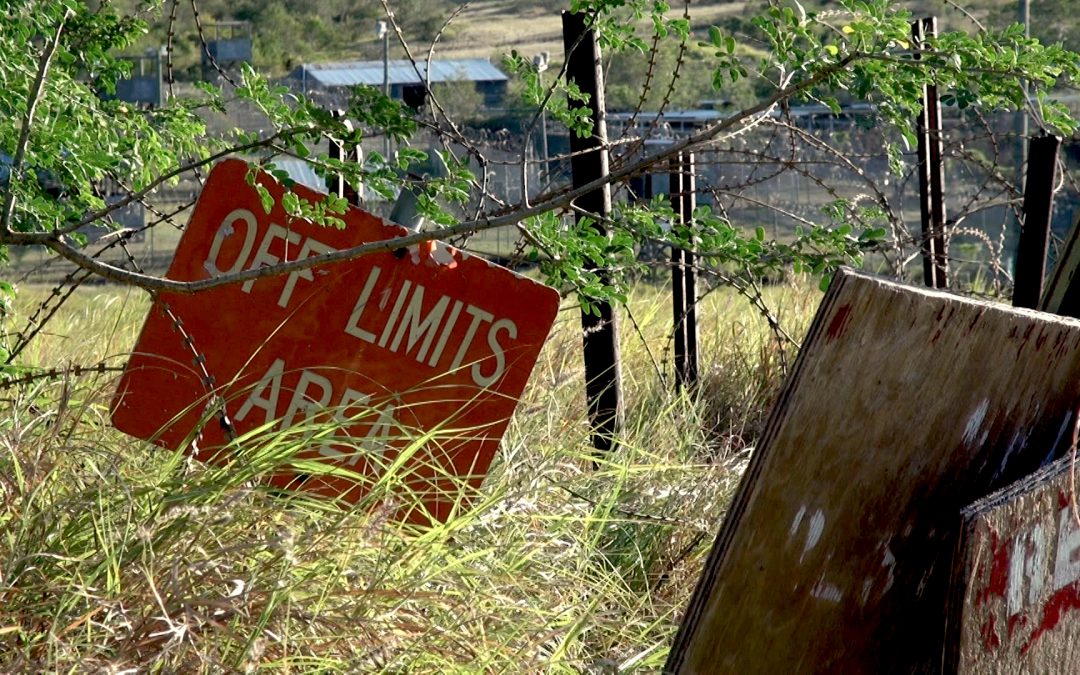WASHINGTON, D.C. — Guantanamo Bay‘s first and most notorious prison camp for terrorist suspects will be destroyed, the Department of Justice announced.
Critics complained Tuesday the move is a government attempt to “erase the history” of torture.
Camp X-Ray, the first camp at Guantanamo Bay Naval Station to house alleged terrorists, became infamous after photos showing hooded and kneeling detainees sparked allegations of torture and abuse.
The camp held prisoners from January to April 2002, and a military judge said was later used by the U.S. government to torture Mohammed al-Qahtani, who had planned to participate in the 9/11 attacks but was denied entry to the United States.
The camp has been unused since 2003 and is now overrun with weeds. On a recent visit, trees could be seen poking out of buildings within the camp.
The move to demolish it comes after years of work by the lawyers of former Camp X-Ray detainees to preserve the camp. Wells Dixon, who represents several detainees held at X-Ray, said, “The only purpose in tearing down Camp X-Ray is to try to erase the history of what happened there.”
Dixon and other lawyers say preserving the site is important to be able to show the kinds of conditions in which their clients were held. A judge placed the site under official protection nearly 15 years ago.
In 2010, “the FBI conducted an operation site survey of Camp X-Ray,” said Heather Babb, spokeswoman for the Department of Defense, which oversees Guantanamo Bay. The agency then “created an interactive, simulated three-dimensional, digital virtual tour” of the camp.
These steps, said Babb, will “ensure evidence about Camp X-Ray is preserved for potential use” by Dixon and others.
Babb said the Department of Defense needs the Camp X-Ray site for “non-detention military use.”
However, the decision to wait nearly a decade between the FBI survey and Monday’s announcement to demolish the facility has raised some eyebrows.
“This may be a function of the Trump administration’s decision to keep Guantanamo open and not to release anybody,” Dixon said, adding that the decision to destroy X-Ray might point to the “re-emergence of torture as U.S.policy.”
Dixon said his team is “still evaluating the government’s notice” and hasn’t decided whether to take action against the plan.



